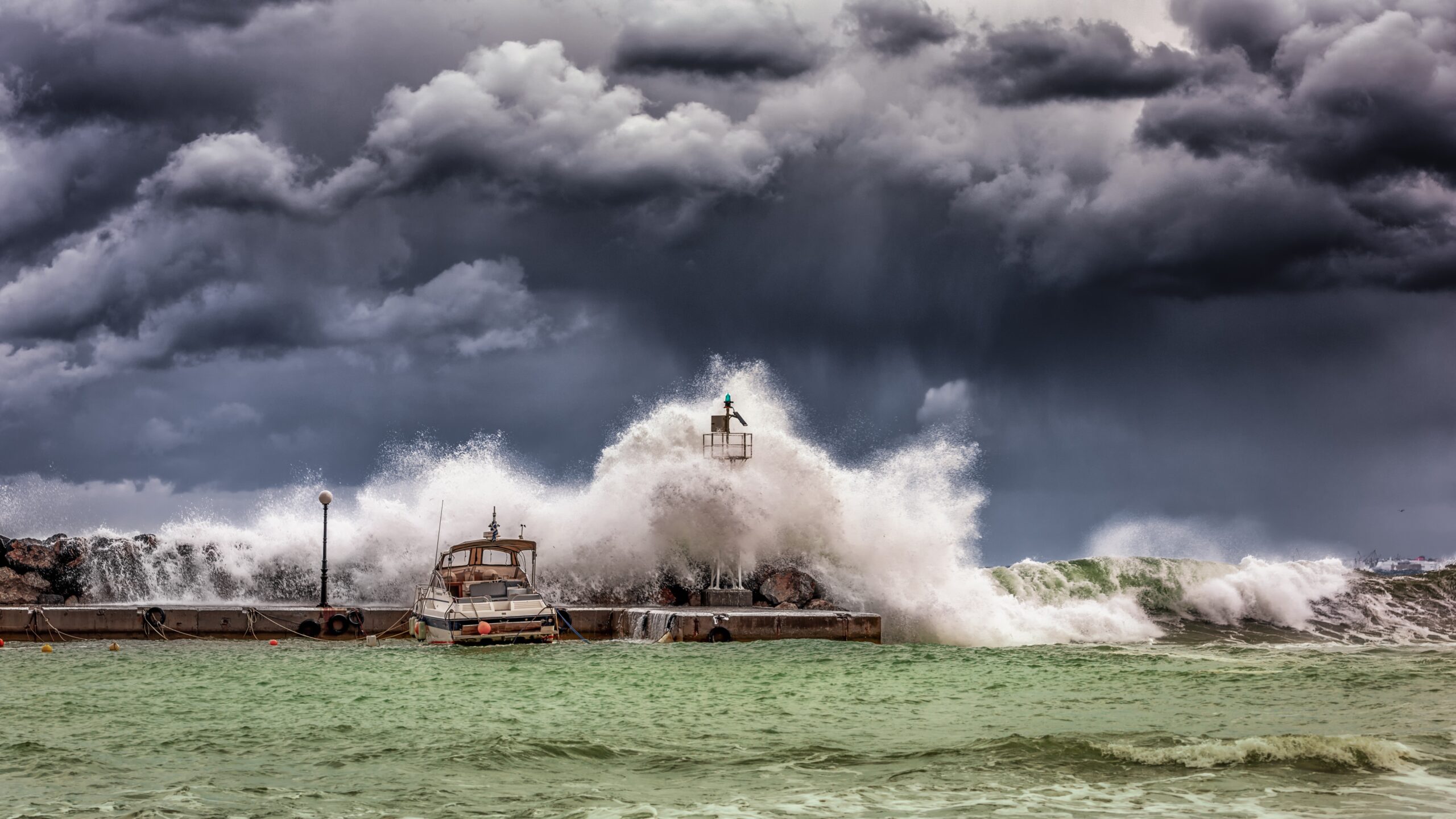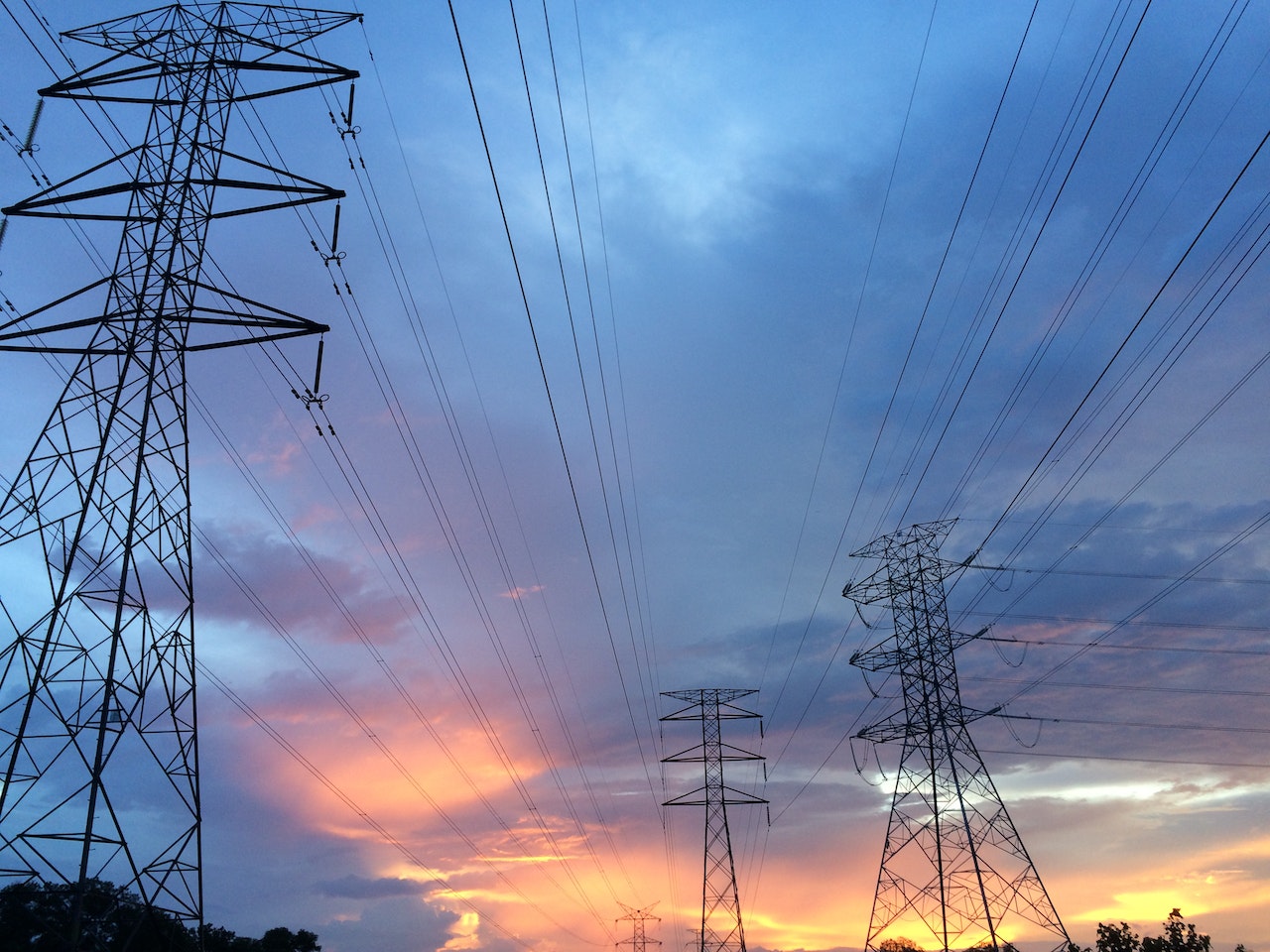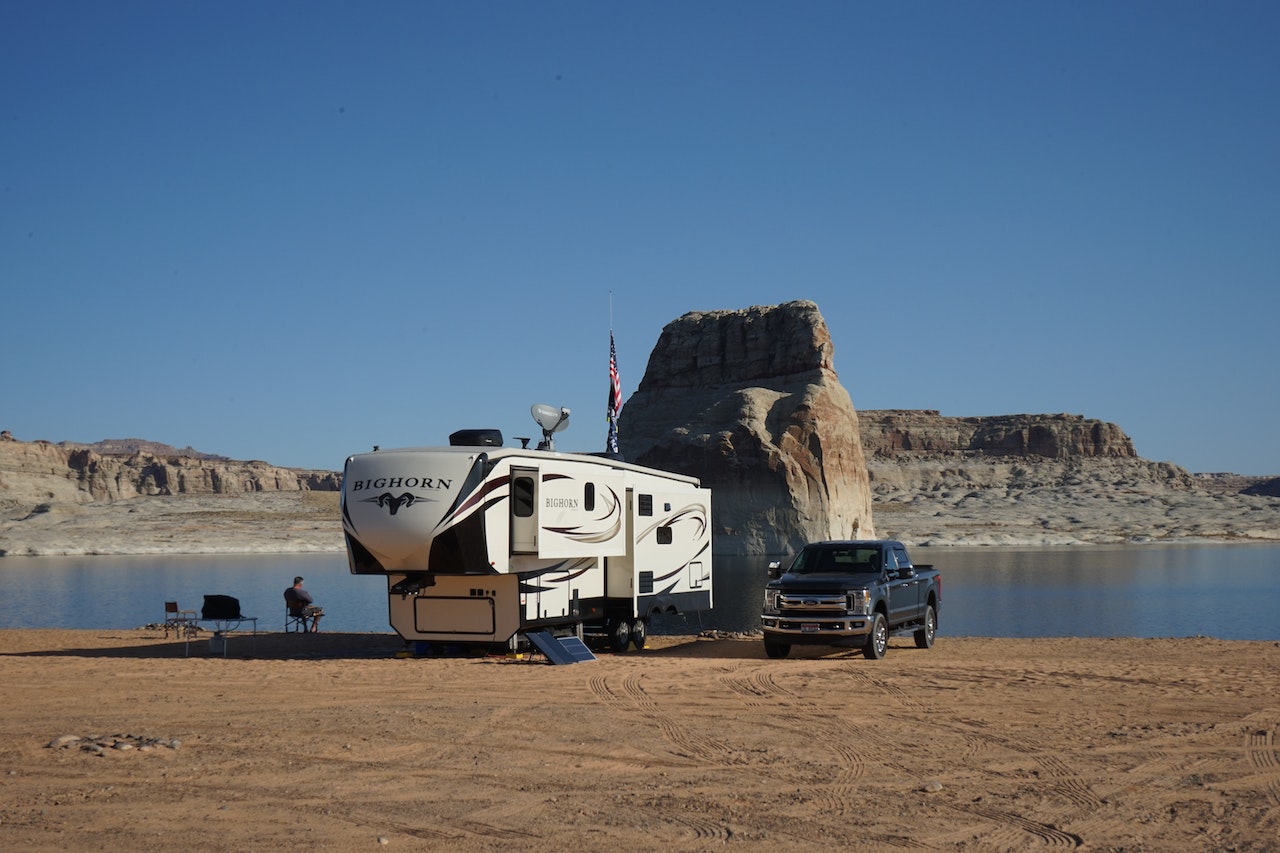Photo by: George Desipris Source: Pexels
Hurricanes are formidable, powerful storms that can wreak havoc on homes and communities. With the right preparation, however, homeowners can mitigate the damage caused by these natural disasters. This guide provides a step-by-step approach to hurricane-proofing your home, coupled with a comprehensive shopping list.
Table of Contents:
- Understand Your Risk
- Fortify Your Windows and Doors
- Strengthen Your Roof
- Secure Outdoor Objects
- Elevate Essential Utilities
- Interior Preparations
- Emergency Supplies Shopping List
1. Understand Your Risk:
Step 1: Identify your home’s vulnerability. Understanding your home’s specific risks is the first step. You can consult the FEMA flood maps or local authorities to understand the flood zones and potential storm surge levels.
Step 2: Evaluate your insurance policy. Ensure that you have adequate insurance to cover hurricane damage, including flooding which is usually a separate policy.
2. Fortify Your Windows and Doors:
Step 3: Install storm shutters. These can be permanent or removable and are essential in protecting windows from flying debris. Types include:
- Roll-down shutters
- Accordion shutters
- Storm panels
- Bahama shutters
- Colonial shutters
Step 4: Invest in impact-resistant windows. These can withstand strong winds and prevent debris from breaking through.
Step 5: Reinforce doors, especially the garage door, which is the largest and most vulnerable. Ensure all doors have at least three hinges and a deadbolt lock.
3. Strengthen Your Roof:
Step 6: Install hurricane straps or clips. These connect your roof to the walls, enhancing the strength and reducing the risk of the roof getting lifted.
Step 7: Seal your roof. Using a waterproof roof sealant can prevent water intrusion.
Step 8: Opt for a gable-end bracing for homes with gable roofs, which provides added stability.
Step 9: Regular maintenance. Check for and replace damaged or missing shingles.
4. Secure Outdoor Objects:
Step 10: Anchor large outdoor items, like swing sets or storage sheds.
Step 11: Bring in unsecured objects. Items like patio furniture, potted plants, and bicycles should be stored inside.
Step 12: Trim trees and shrubs. Removing weak branches and ensuring trees are well-pruned can prevent potential projectiles.
5. Elevate Essential Utilities:
Step 13: Raise electrical appliances. Ensure sockets, wiring, and other electrical components are at least 12 inches above projected flood levels.
Step 14: Elevate HVAC systems. Consider placing your air-conditioning units, generators, and other essential equipment on elevated platforms.
Step 15: Install backflow prevention devices for your home to prevent sewer lines from backing up during flooding.
6. Interior Preparations:
Step 16: Seal walls in basements or lower floors with waterproofing compounds.
Step 17: Move valuable items to higher levels, away from potential flood zones.
Step 18: Store important documents in waterproof containers or digitalize them for cloud storage.
7. Emergency Supplies Shopping List:
Safety Supplies:
- Batteries
- Flashlights
- First aid kit
- Multipurpose tool (like a Swiss Army knife)
- Sanitation wipes and personal hygiene items
- Whistle (to signal for help)
Food and Water:
- At least a 3-day supply of non-perishable food
- Manual can opener
- 1 gallon of water per person per day (for at least three days)
Communication:
- Battery-powered or hand-crank radio
- Fully charged power banks for mobile phones
- Local maps
Others:
- Extra cash (ATMs might be down)
- Blankets or sleeping bags
- Waterproof matches or lighters
- Insect repellent
- Sunscreen
Conclusion:
Hurricane-proofing your home goes beyond the physical fortifications. It’s about understanding the risks, being prepared mentally, and having an action plan. With the steps mentioned above, you’ll not only safeguard your property but also ensure the safety and well-being of your family.
Remember, always monitor weather reports and heed warnings and evacuation orders from local authorities. It’s always better to be safe than sorry. Stay informed, stay prepared, and stay safe.



